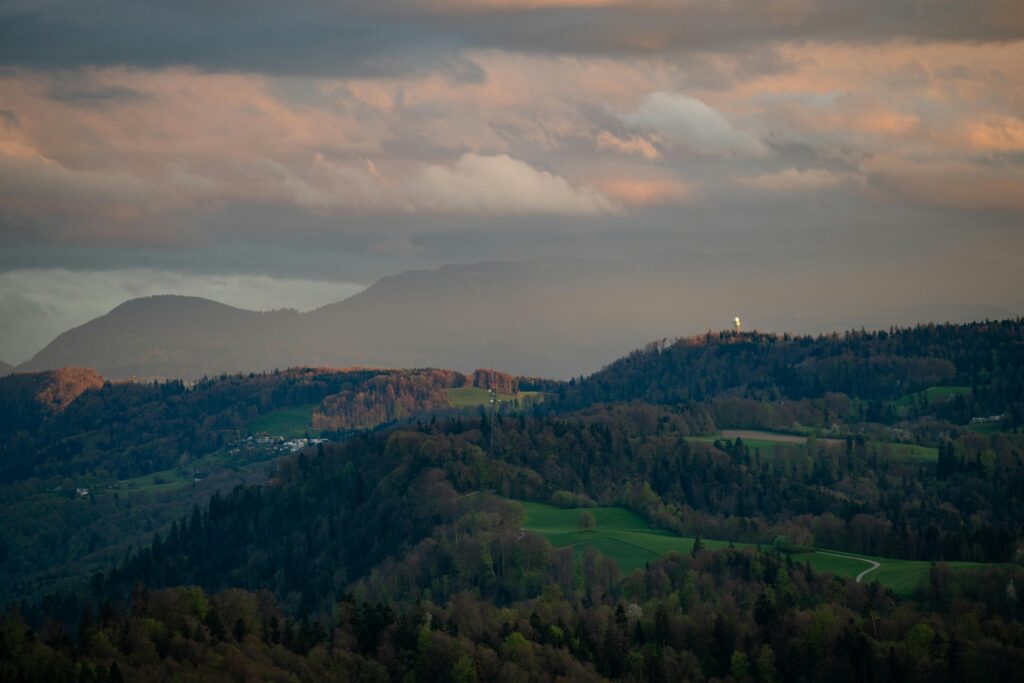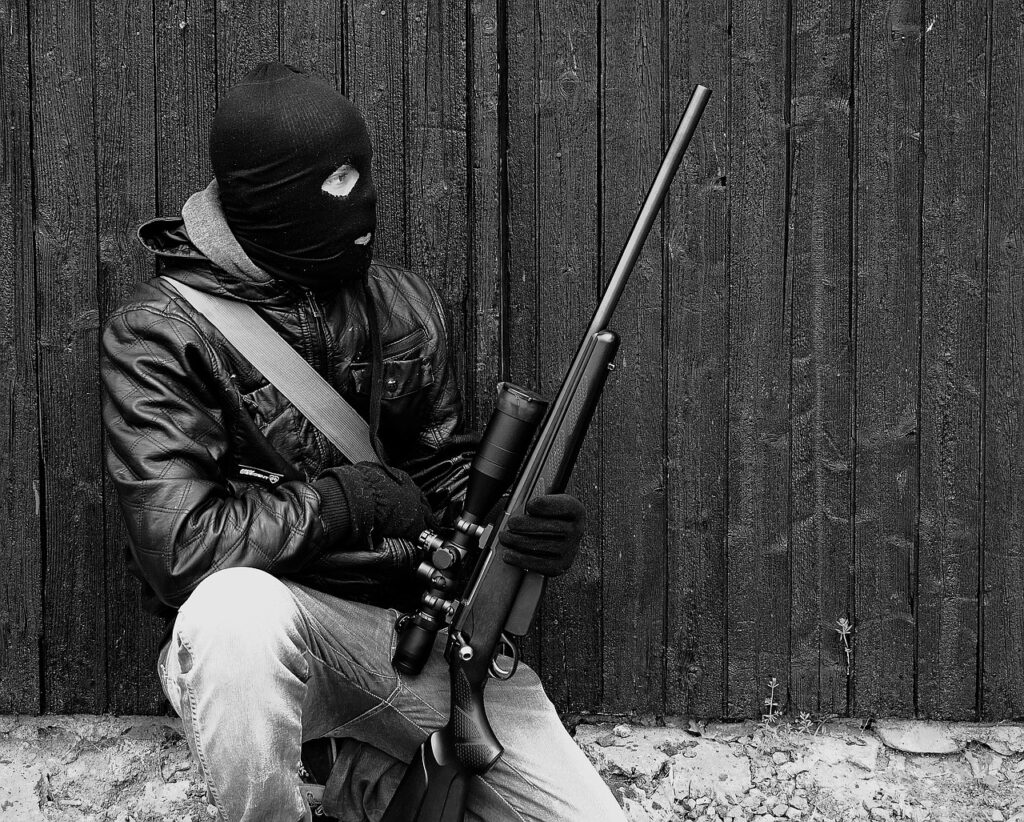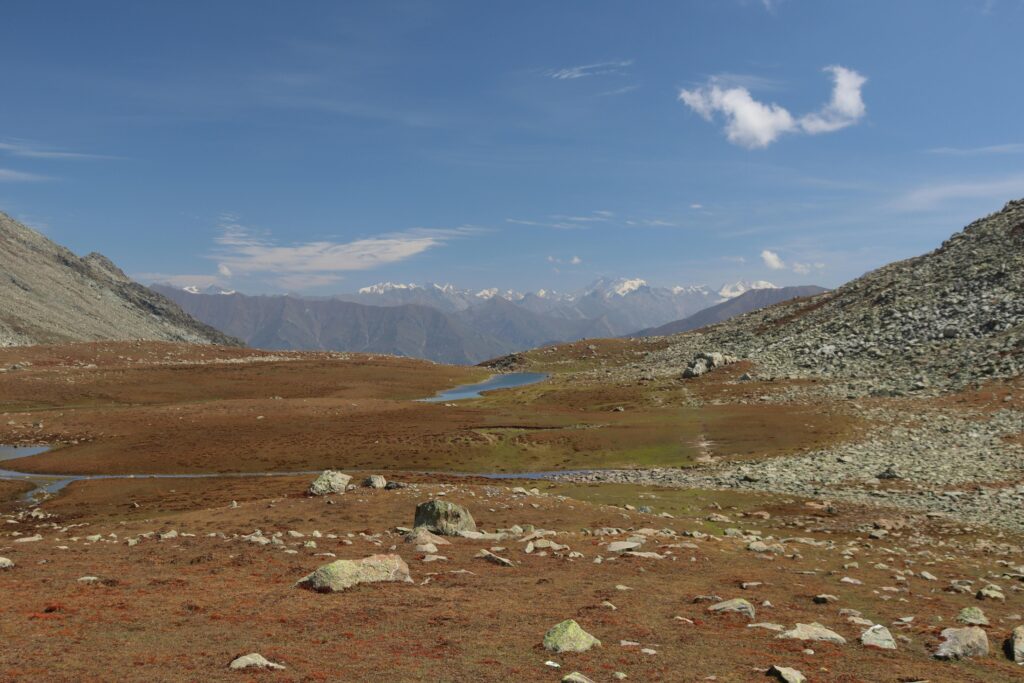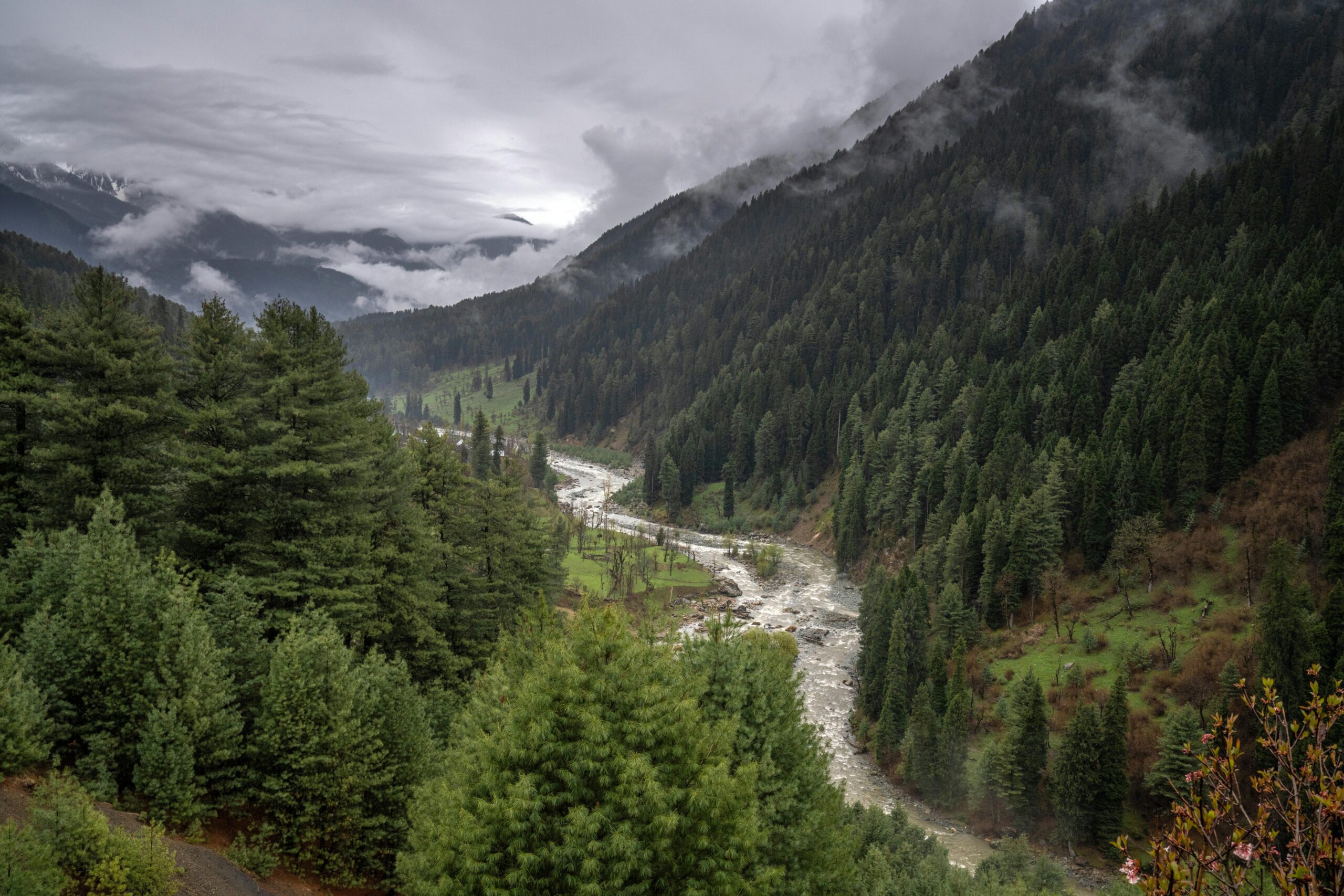In the worst assault on civilians in years, militants opened fire on tourists in the Baisaran meadow near Pahalgam, Jammu and Kashmir, killing at least 28 people and injuring more than 20 on April 22, 2025. The gunmen, numbering between four and six, targeted unsuspecting visitors at close range in one of India’s most scenic destinations. Security forces have launched a massive manhunt for the perpetrators, while families of the victims and the wider nation reel from the shock.

Details of the Attack
- Time and Place: Midday on April 22, at Baisaran Valley, known as the “Mini Switzerland” of Kashmir.
- Method: Automatic rifle fire from militants concealed in nearby forest, then a swift escape back into the treeline.
- Casualties: At least 28 dead—including Indian nationals and foreign visitors—and over 20 wounded.
The Setting: Baisaran Valley and Pahalgam
Baisaran is a high-altitude meadow famed for emerald pastures, horse rides, and panoramic Himalayan views. Nearby Pahalgam is renowned for cooler climes and religious pilgrimage sites. Until now, tourists had largely been spared direct violence despite decades of unrest in the region.
Tourism’s Rise and Economic Role
In 2024, Jammu and Kashmir welcomed nearly 3.5 million tourists (including over 43,000 foreigners), buoyed by peace initiatives and events like the G20 Tourism meeting. Tourism contributes about 6% of the union territory’s GDP and helped spark over 7% real economic growth in fiscal year 2024–25.
A Rare Attack on Tourists
While insurgent violence has affected Kashmir since 1989, civilian tourist massacres are rare. Prior to this, the last major targeting of visitors was a 2017 attack on Hindu pilgrims that killed eight. The Baisaran assault marks the deadliest strike on unarmed civilians since the 2019 Pulwama bombing.
Who Claimed Responsibility
A Pakistan-based militant group calling itself The Resistance Front—linked to Lashkar-e-Taiba—claimed the operation, denouncing India’s policies in Kashmir. Indian authorities have labeled it an act of Islamic terror and vowed swift retaliation.

Government and International Response
Prime Minister Narendra Modi cut short a foreign trip to manage the crisis. Home Minister Amit Shah deployed extra paramilitary forces, imposed curfews, and ordered a joint Army–police manhunt. International leaders, including the U.S. Vice President and the U.N. Secretary-General, condemned the violence and offered condolences. Pro-India protests erupted across the region, with some demonstrators accusing Pakistan of backing the attackers.
Economic and Security Ramifications
The assault threatens to reverse recent tourism gains. Local businesses—from guesthouses to horse-ride operators—face cancellations and falling bookings. With tourism fueling job growth and infrastructure investment, residents now worry about rising unemployment and stalled development. Enhanced patrols and checkpoints aim to reassure visitors, but analysts warn that long-term stability will require political dialogue alongside security measures.
Manhunt and Tourist Safety Measures
Security forces have sealed off areas around Pahalgam, set up checkpoints, and deployed aerial surveillance. Tour operators have updated safety protocols, advising tourists to register travel plans online and follow government advisories until the threat subsides.
Conclusion
The Baisaran Valley attack highlights Kashmir’s enduring volatility and the vulnerability of civilian life to militant violence. Restoring security—and the tourist confidence that sustains local livelihoods—will test India’s ability to blend decisive law enforcement with efforts to address the region’s deep-rooted grievances. Success hinges on both neutralizing those responsible and mending the political divides that fuel the insurgency.

Frequently Asked Questions (FAQs)
Q1: When and where did the attack occur?
April 22, 2025, in Baisaran Valley near Pahalgam in Indian-administered Jammu and Kashmir.
Q2: What were the casualties?
At least 28 people were killed and over 20 were injured.
Q3: Who carried out the attack?
The Resistance Front—a Lashkar-e-Taiba offshoot—claimed responsibility, citing opposition to Indian policies in Kashmir.
Q4: How did the government respond?
Prime Minister Modi and Home Minister Shah ordered extra security deployments, curfews, and launched a joint Army–police manhunt.
Q5: What impact will this have on tourism?
The attack is likely to cause cancellations, reduced visitor confidence, and potential economic losses for local businesses dependent on tourism.
Q6: What safety measures are in place now?
Authorities have increased checkpoints, aerial surveillance, and advised tourists to register travel plans and heed official travel advisories.
Sources The Wall Street Journal


